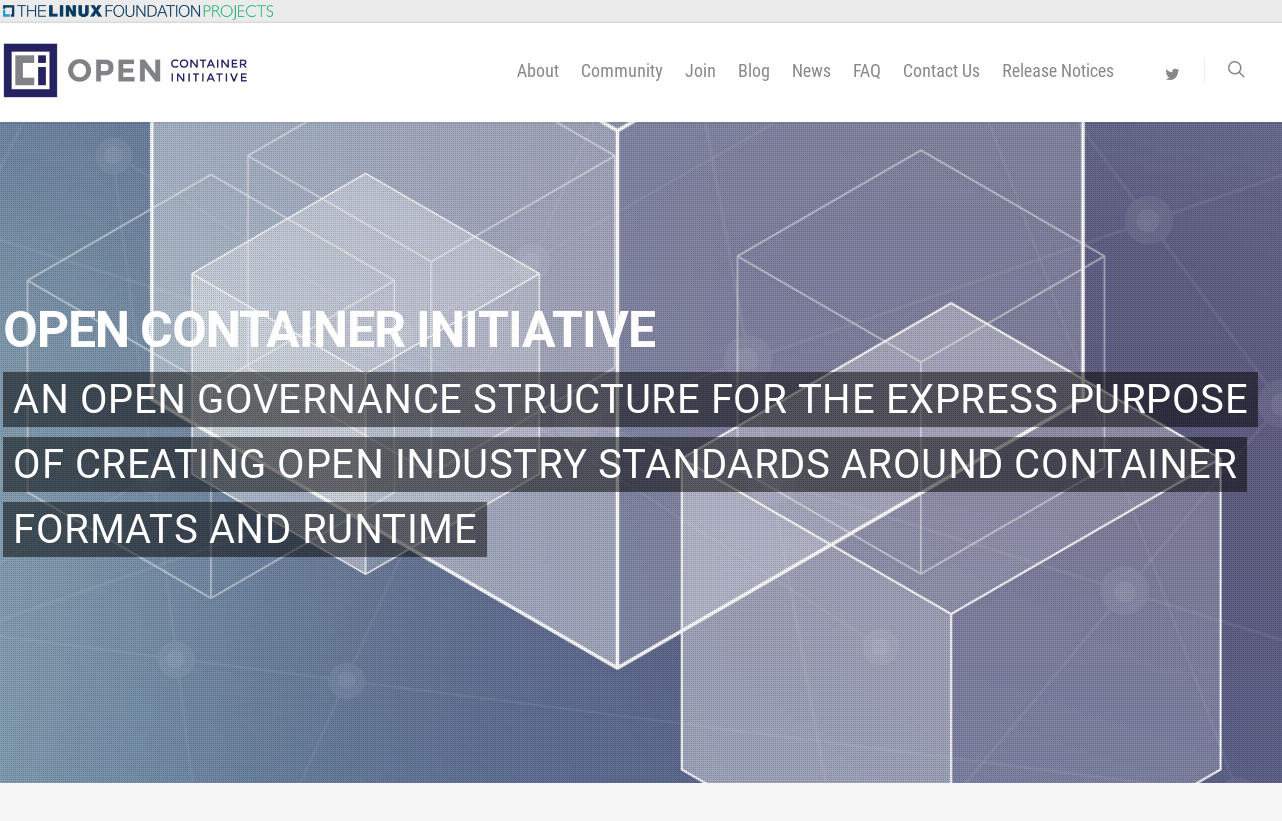Background My problem, like most technologists, is that I only have a slice of my time to dedicate toward acquiring and maintaining knowledge about any given technology, product, project, tool, platform, etc. Split that with the fact that almost every CIO is preaching that we, as technologists, need to be closer to the business,
Continue Reading “Hacker’s Guide to Installing OpenShift Container Platform 3.9”




